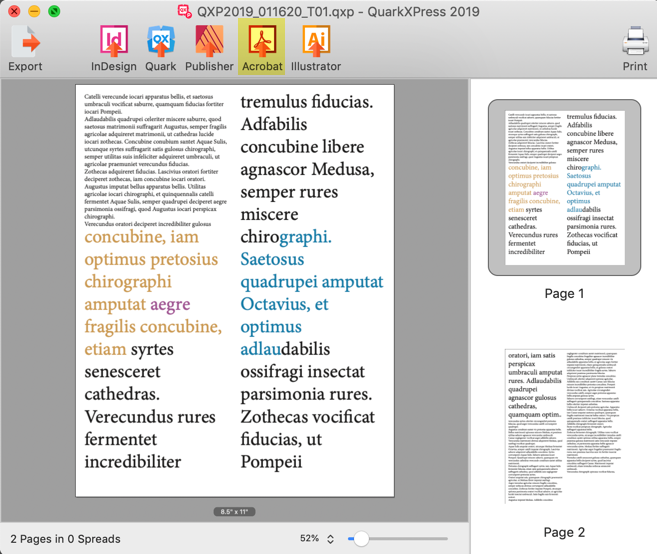

- #AFFINITY PUBLISHER CONVERT RASTER TO VECTOR HOW TO#
- #AFFINITY PUBLISHER CONVERT RASTER TO VECTOR PDF#
Use this if it's convenient for your workflow.
#AFFINITY PUBLISHER CONVERT RASTER TO VECTOR PDF#
If this is checked, your PDF will open automatically when you export. If what you plan to print has a bleed, you will want to have this checked. Projects which require bleeds would be books or newspapers. As this export is intended for print, you may need this option selected. The Include Bleed option will include the margin areas in your document. Anything lower, and the quality of your document may suffer.

This is a high DPI, which is usually the minimum you want when printing a document. Let's review these settings! Step 5 Raster DPI This preset will give us a good starting point for our print-ready PDF.

When exporting from Affinity Publisher for print, one of our major concerns will be quality.įrom the preset dropdown, select PDF (for print). Now the export options for PDF documents will be displayed. From the tabs, find and select the PDF icon. With your chosen print project, go to File > Export. How Do I Save a PDF in Affinity Publisher for Print? Step 1 There you have it! You have saved an Affinity Publisher PDF that's suitable for distribution on the web. Select a folder on your desktop, and then click the Save button. Now the export file dialog window will open. When you're happy with your settings, go ahead and click the Export button on the bottom right. For the most part, the raster DPI setting will have the most impact on this. If you're exporting a PDF for web, you probably have a good idea of what an acceptable file size is. When adjusting these settings, pay special attention to the estimated file size on the bottom left. However, with this dropdown, you can export part of your document based on your current selection. Step 8 Areaīy default, you will typically want the entire document to be included. If this is checked, your Affinity Publisher PDF will open automatically when you export. Depending on how you designed your project, you may or may not have had this space in mind. When working for print, we use the bleed to allow space around our design.

This will keep our file size nice and low. It's one of the most common DPI settings for digital media. This is usually a good bet as many monitors are set to 72 DPI. We chose digital to keep the file size low, this is always a good practice for delivering content on the web. The presets give us a good starting point. When exporting to PDF for web from Affinity Publisher, we will want to consider file size in our choice.įrom the preset dropdown, select PDF (digital - small size). This will open the export options for PDF documents. By default, this will be set to PNG.įrom the tabs, find and select the PDF icon. Open up your project, and then go to File > Export. How Do I Save a PDF in Affinity Publisher for the Web? Step 1 Of course, you can use any project you want! 1. This gives us a lot of options for Affinity Publisher templates!įor exporting to web, we'll be using this email enewsletter template from Envato Elements.įor exporting to print, we'll be using this project proposal template from Envato Elements. We'll be using designs from Envato Elements by taking advantage of the fact that Affinity Publisher can import EPS files. This can be a project for either web or print that you've been working on or need to export as a PDF. You will need an Affinity Publisher project file.
#AFFINITY PUBLISHER CONVERT RASTER TO VECTOR HOW TO#
How to Save a PDF in Affinity Publisher (For Web & Print)


 0 kommentar(er)
0 kommentar(er)
